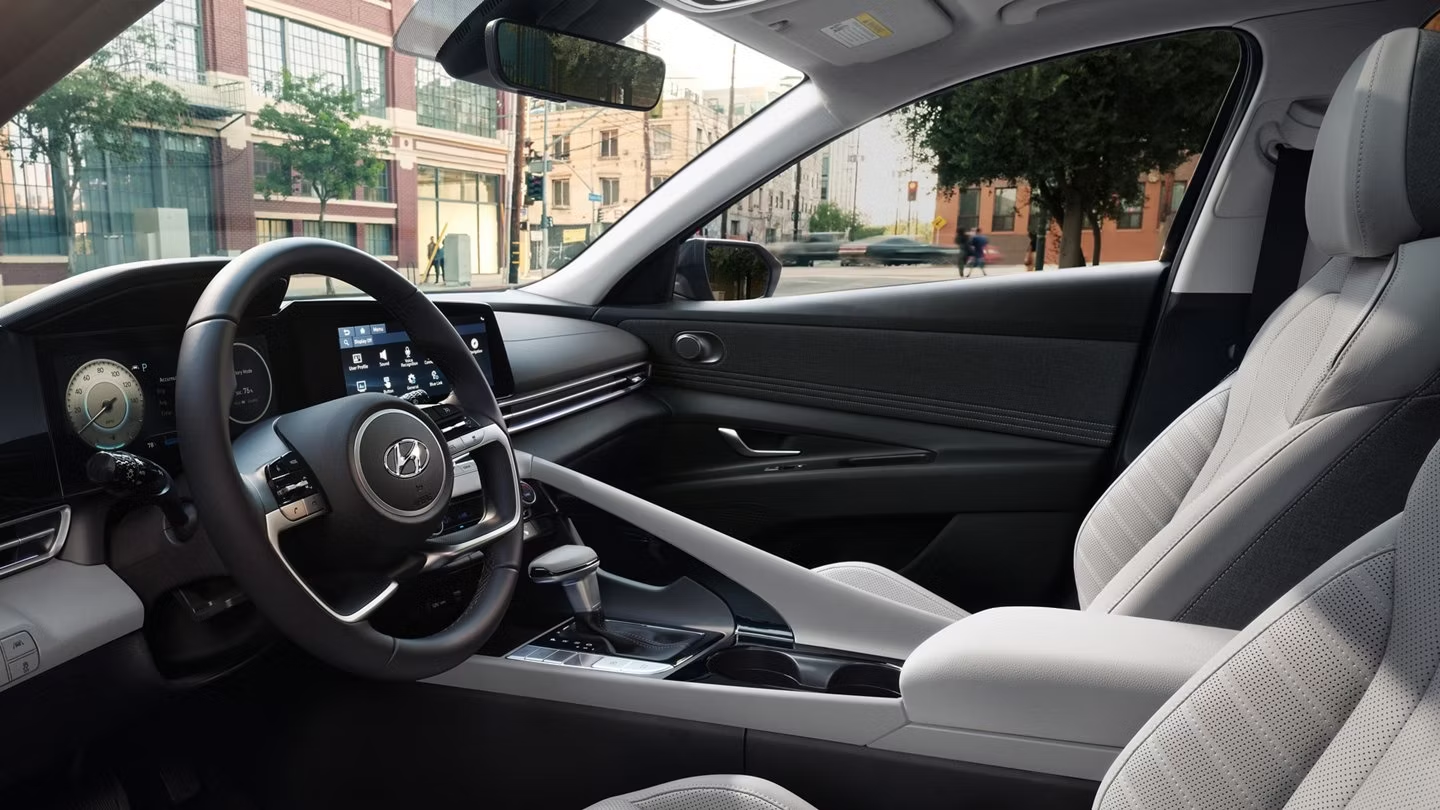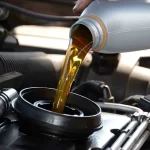
Maintenance can save money and extend the life of your vehicle while helping you gain more insight into how it functions.
Know How To Change Tires (like changing tires can prevent sudden flat tires from interfering with grocery store runs. Below are five car maintenance tasks every owner should know how to perform): 1. Change Oil
1. Change Your Oil
One of the most essential car maintenance tasks a driver can perform themselves is changing their own oil regularly; otherwise, your engine could sustain damage and shorten its lifespan considerably.
An oil change can help protect and prolong the life of your vehicle, helping it continue running efficiently. It’s not a difficult task and can even be completed at home using an online tutorial.
If your oil appears darker or foamier than usual–or glittery bits of metal appear–it may be time for an inspection. Such signs could signal coolant leakage into the engine or metal parts not receiving adequate lubrication.
When changing your oil, park on a level surface and chock the wheels to prevent rolling. Jack up your vehicle as necessary using jack stands and support it with them if required.
2. Change Your Tires
Automotive tires became tubeless over four decades ago, making changing a flat tire an easier process for most car owners. To change a flat tire on your vehicle, start by jacking up and placing heavy blocks or other objects beneath each wheel to prevent your car from rolling off while you work on it. Locate and unscrew all lug nuts carefully.
Rotate your tires regularly to distribute wear evenly; otherwise, front tires may wear faster than rears and cause unbalanced handling and unsafe driving experiences. Furthermore, avoid using oils or shines as these chemicals degrade rubber compounds, leading to cracking, drying out, or even rotting of tires over time.
3. Check Your Battery
Car batteries provide power to start and illuminate headlights, so it must hold its charge well and have proper connections to alternators, starter and other components of the car.
Over time, corrosion can form on battery terminals, interfering with their connection and leading to issues when starting up your car. To protect against this happening, periodically open up your hood and inspect your battery; if white or blue powder forms on its terminals, disconnect all cables immediately and scrub with a wire brush until this problem has been remedied.
Also, frequently inspect your battery water levels; if it falls below par, add distilled water as soon as possible and, if storing your car for long periods, invest in a trickle charger.
4. Check Your Fluids
Fluid checks on your vehicle are vitally important to ensuring its optimal performance and safety, whether or not you hire a professional mechanic to do them for you. While some car owners prefer having someone come out and inspect it themselves, others feel confident opening their hood to check the reservoirs themselves.
Engine oil, coolant (AKA antifreeze), brake fluid, power steering fluid and windshield washer fluid all play an integral part in maintaining your vehicle’s functionality. Therefore, it’s crucial that a day is designated each month to check and replenish these fluids – modern vehicles’ engine bays offer more user-friendly fluid containers with clearly labeled levels and easy-to-read dipsticks, making DIY car care possible.
5. Check Your Tire Pressure
Assuming your car does not feature tire pressure sensors, it is vital that you regularly inspect its tires. Milchtein advises setting an alert on your phone every month or every third or fourth time you visit a gas station – either way making sure that each tire meets its recommended cold psi as noted in your owner’s manual or sticker located inside your driver’s side doorjamb.
To check tire pressure, first remove the air valve caps from each wheel (they are easy to misplace). Insert an air pressure gauge into each tire and press firmly – you should hear a hissing sound that indicates an accurate reading; and can view results on the gauge. If your pressure is low, add air using an air hose; otherwise close off valve.







